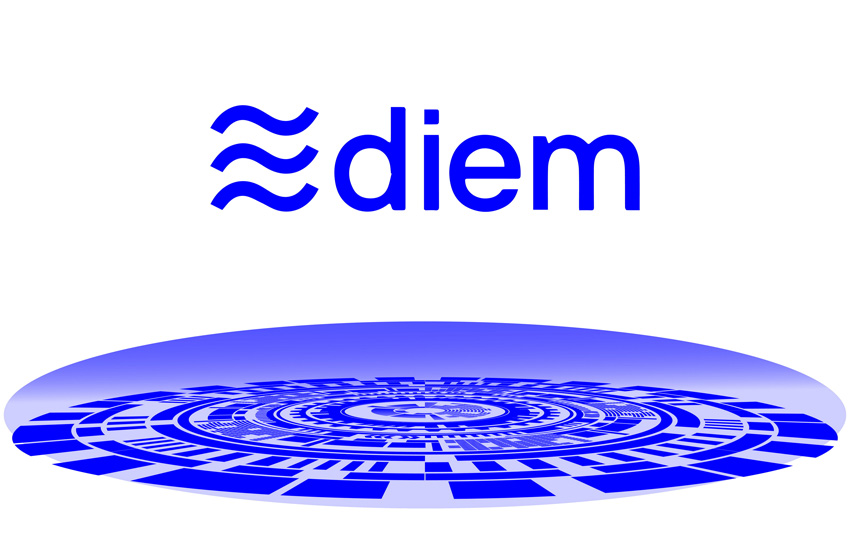Christian Catalini, the chief economist of Diem (formerly Libra) said that the recently announced Diem USD stablecoin is only intended as an interim step until the U.S. Federal Reserve issues a central bank digital currency (CBDC) or digital dollar.
“Diem has committed to fading out, for example, Diem dollar, if there were such a thing as a digital dollar issued by the Fed,” said Catalini talking at Consensus 2021. “The public sector has a large comparative advantage in developing anything that has to do with stability, money, value preservation and macroprudential policy. We don’t want to change that. In fact, we want to build on and take advantage of that infrastructure to accelerate use cases for consumers both domestically and also globally.”
Business model
A key reason why Diem would be willing to do that is it won’t rely on interest income on the reserves that back the stablecoin. Those reserves will mainly be in the form of Treasuries with maturities of less than 90 days. Instead, Diem will generate revenues from transaction fees which it claims will be very cheap, at less than 0.1%.
The economist didn’t mention its partners, such as Facebook, as the reason why costs could be low given the potential scale it could achieve. Instead, he pointed to Diem’s cost-effective technology choices and the fact that other payment providers have legacy infrastructure and are not interoperable. Diem envisages a small wallet being able to compete with a larger wallet because of interoperability, driving competition and consumer choice. Notably, choice will not just be based on price but also privacy.
Privacy and competition
Privacy and competition are two issues that concern Diem critics. Catalini expanded on the privacy aspect. “This is a technology that is innovating on the privacy landscape when it comes to selective disclosure and what you can really do with it,” said Catalini. “Diem is going to be privacy by design, and we also want to encourage privacy as a dimension of competition on the network.”
On the same panel, Benedicte Nolens of the BIS noted that for consumer cross border payments, the decision-making issues are usually trust, ease of use and cost. From that, one might conclude that most may be willing to trade privacy for a lower cost.
Restrictions on DeFi
Diem has had “intense conversations” with the Fed as a result of which Catalini believes Diem will be the ‘gold standard’ of stablecoins. He noted that stablecoins are heavily used in decentralized finance (DeFi). “There’s a lot of innovation in that space,” he said. “But at the same time, when you tag on DeFi on top of a stabelcoin, what you are essentially doing is reintroducing leverage into a system that is meant to be one-to-one backed. And that’s something that we don’t want on the Diem ecosystem.” Wallets and exchanges will not be able to fractionalize their coin holdings on Diem.
To put that in context, the USDC stablecoin has a total issuance of $21 billion. On the top two decentralized lending sites Aave and Compound, $7.6 billion have been deposited for the purposes of lending out.
Catalini compared the Diem model to the early internet, where the public sector initially developed the backbone infrastructure “and then you had an explosion of commercial activities on top of that.”
“And it is really through that interplay between public and private that I think we can deliver a stablecoin that a consumer can hold in their hands safely, go and spend it like in traditional payment systems, while at the same time getting extremely low fee instant payments and low friction both domestically and cross border,” said Catalini.







